I wish you all wonderful year 2020!
May all your dreams come true!
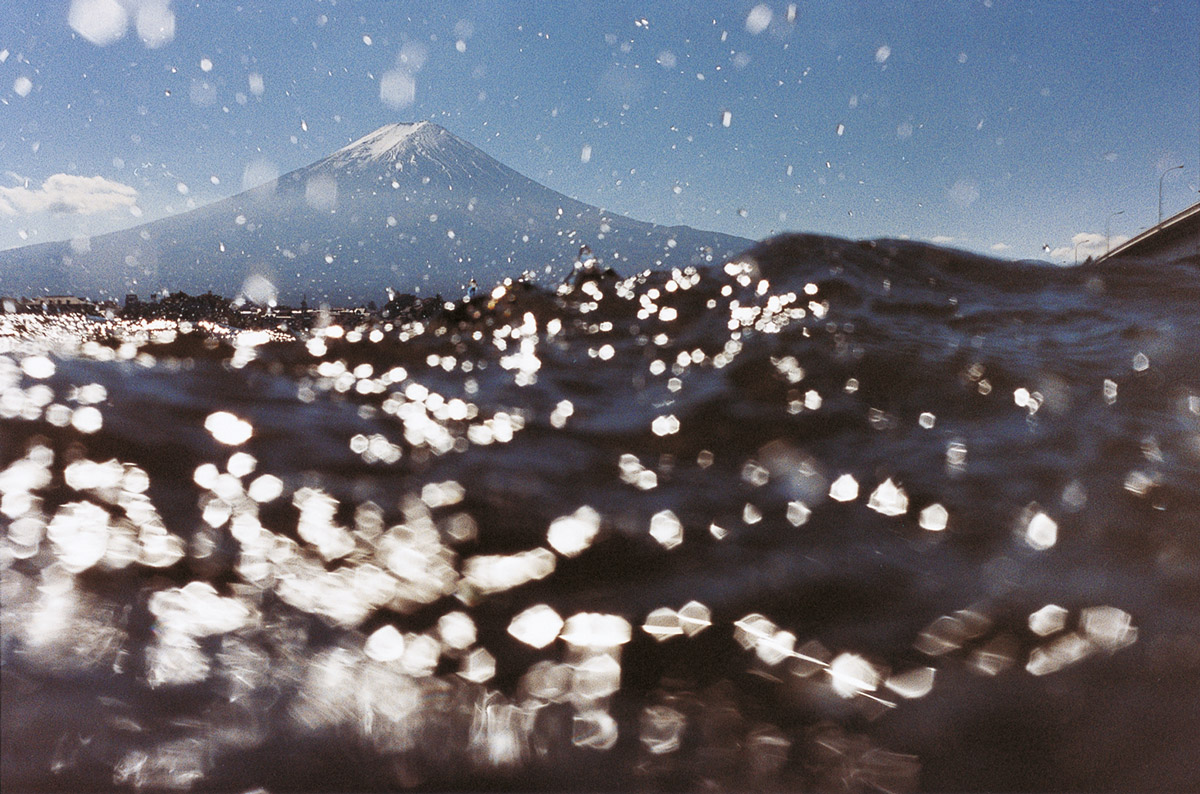
I wish you all wonderful year 2020!
May all your dreams come true!
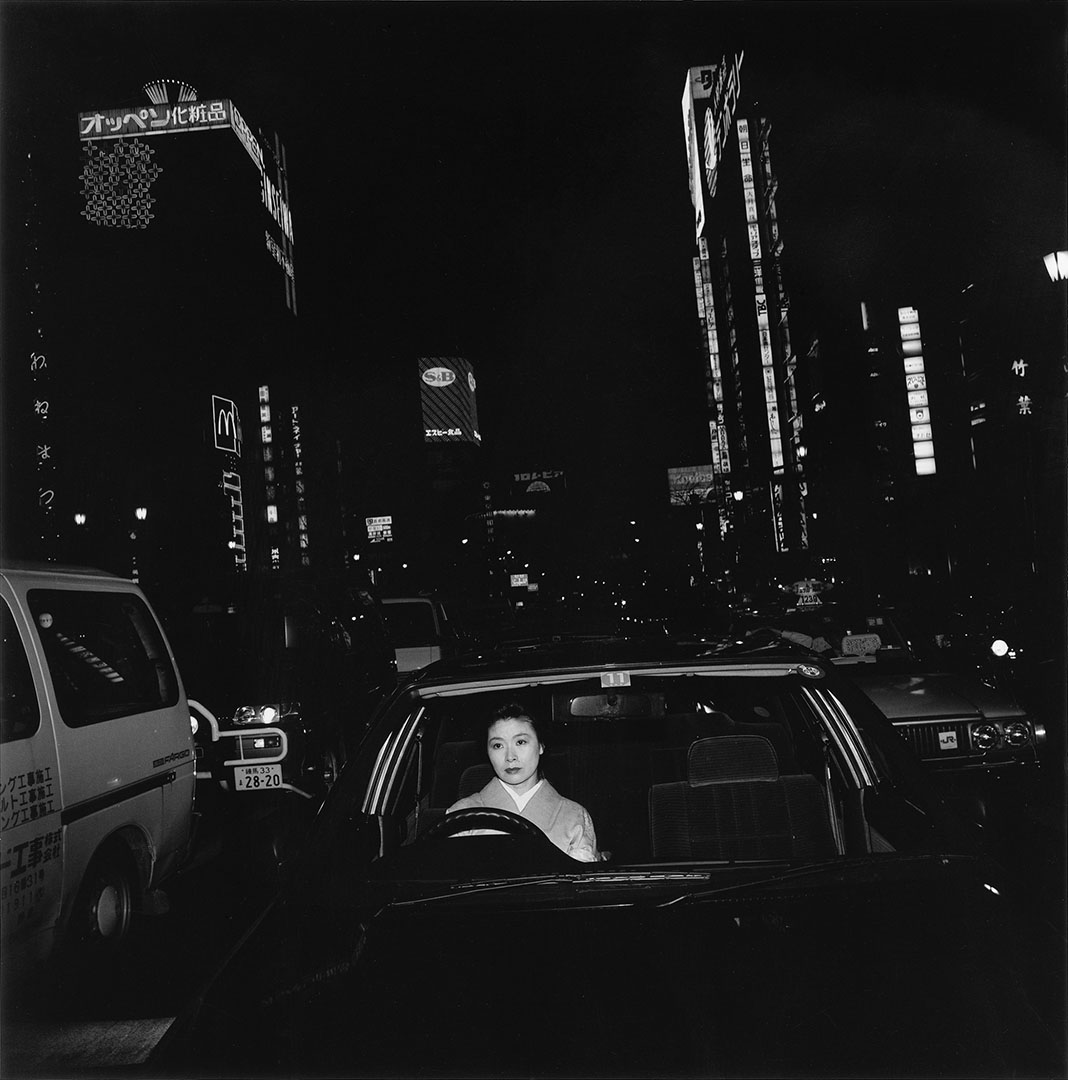
Previously I had posted an interview I did with Mariko Takeuchi on Japanese photography, this time I am posting an interview the Berlin publisher Roland Angst did with me on the Japanese photographer Issei Suda for the first Western monograph in the artist.
Suda is slowly becoming more popular in the West[1]At GALERIE PRISKA PASQUER we introduced Issei Suda’s work with two solo exhibitions in 2009 and 2013 and frequent presentations at fairs like Paris Photo, AIPAD New York and … Continue reading with his distinct but mysterious 1970s work as a kind of antithesis to the raw energy of the Provoke photography.
Issei Suda, a Master of Japanese Photography | Interview by Roland Angst with Ferdinand Brueggemann
Published in: “Issei Suda – The Work of a Lifetime – Photographs 1968 – 2006“, Only Photography, Berlin, 2011
RA: Is it correct to say that Suda succeeds – despite the strong influence of Japanese history and tradition on his perceptions and his choice of motifs – in creating a modern image of Japan, albeit one that is more classic than provocative, as in the case of the Provoke Group?
References
| ↑1 | At GALERIE PRISKA PASQUER we introduced Issei Suda’s work with two solo exhibitions in 2009 and 2013 and frequent presentations at fairs like Paris Photo, AIPAD New York and Art Basel. See here: https://priskapasquer.art/issei-suda/ |
|---|
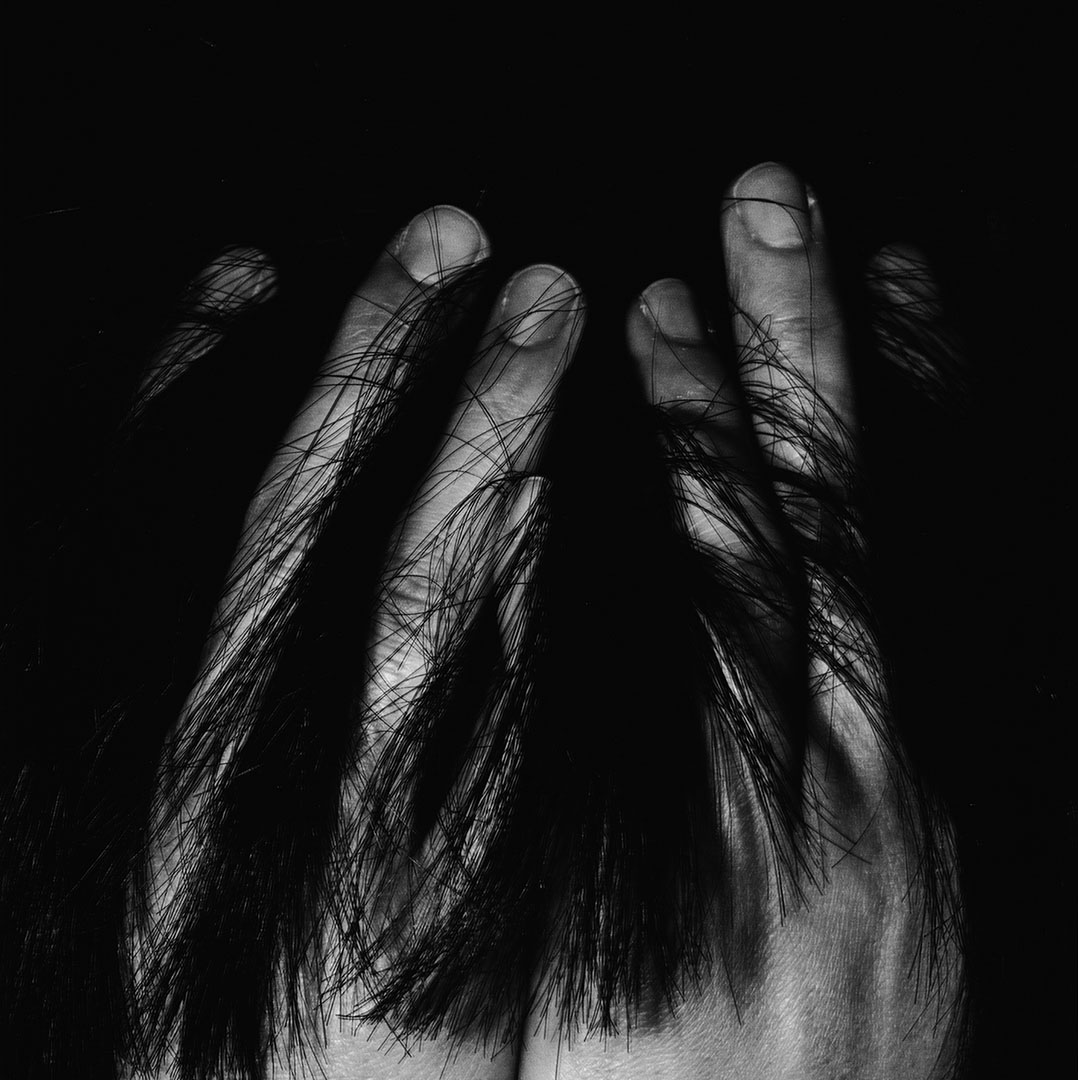
Previously I had posted an interview I did with Mariko Takeuchi on Japanese photography, this time I am posting an interview the Berlin publisher Roland Angst did with me on the Japanese photographer Issei Suda for the first Western monograph in the artist.
Suda is slowly becoming more popular in the West[1]At GALERIE PRISKA PASQUER we introduced Issei Suda’s work with two solo exhibitions in 2009 and 2013 and frequent presentations at fairs like Paris Photo, AIPAD New York and Art Basel. See … Continue reading with his distinct but mysterious 1970s work as a kind of anti-thesis to the raw energy of the Provoke photography.
Part I of the interview | Part II of the interview
Issei Suda, a Master of Japanese Photography | Interview by Roland Angst with Ferdinand Brueggemann
Published in: “Issei Suda – The Work of a Lifetime – Photographs 1968 – 2006“, Only Photography, Berlin, 2011
References
| ↑1 | At GALERIE PRISKA PASQUER we introduced Issei Suda’s work with two solo exhibitions in 2009 and 2013 and frequent presentations at fairs like Paris Photo, AIPAD New York and Art Basel. See here: https://priskapasquer.art/issei-suda/ |
|---|
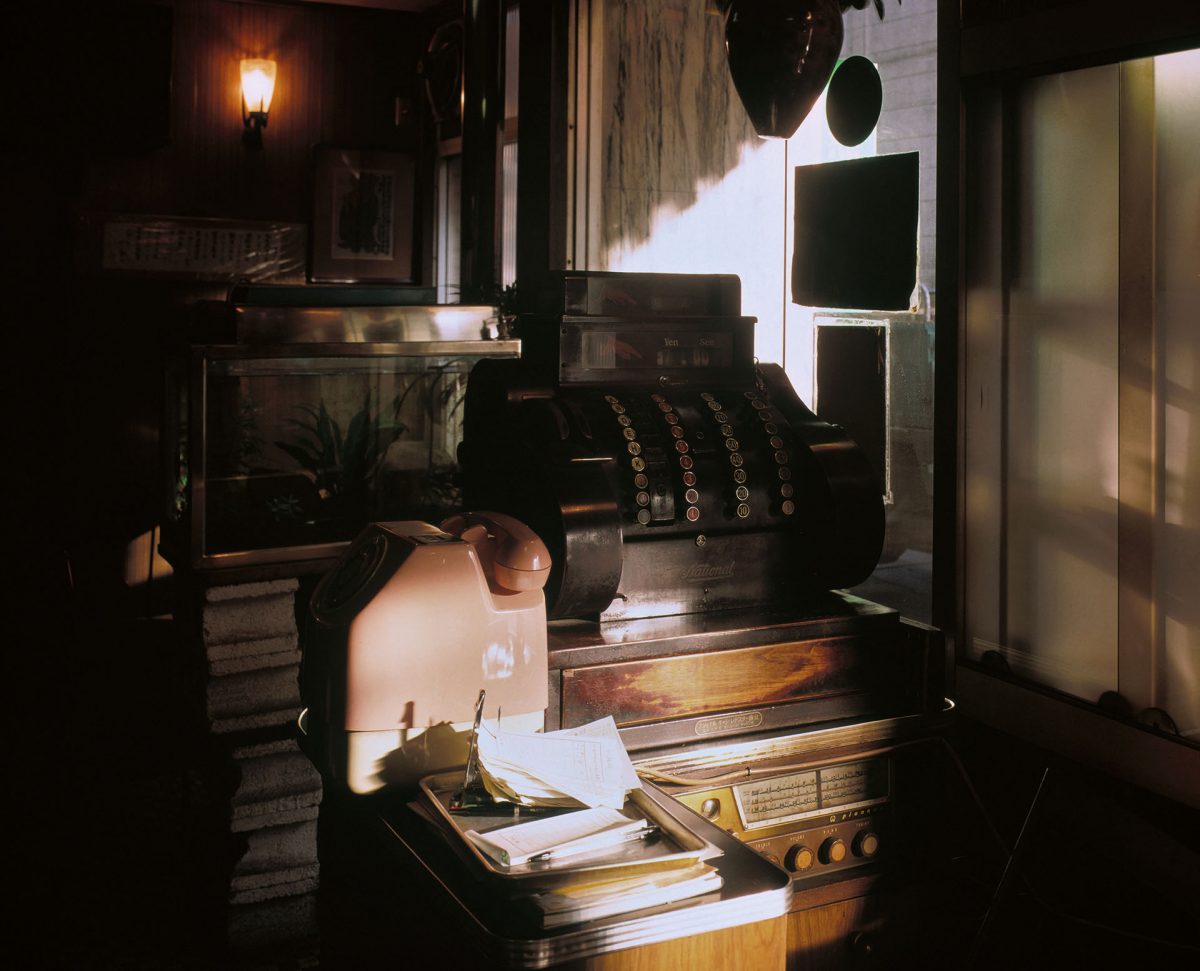
This is part four, the final part of my essay “Yutaka Takanashi – Towards the City” for the “Yutaka Takanashi” exhibition catalogue, accompanying the show at the Fondation Henri Cartier-Bresson.[1]Essay: “Towards the City” [French/English]. in: Yutaka Takanashi, published by Éditorial RM, Mexico City and Toluca Éditions, Paris. Published on occasion of the exhibition Yutaka Takanashi, … Continue reading
Following Toshi-e, Yutaka Takanashi also devoted himself to the traditional side of Japan while remaining with his favourite subject, Tokyo. In 1975, he photographed the city’s old shitamachi suburbs, which had escaped demolition so far. He shows the part of the city that has only given way to modernity to a limited extent, and where the old, traditional prewar Japan has not yet been displaced.

YUTAKA TAKANASHI | Mita, Shiba: Suzuki Steal Shop, 5-20-14 Shiba, Minato-ku, from the series “Machi” (Town), 1977
References
| ↑1 | Essay: “Towards the City” [French/English]. in: Yutaka Takanashi, published by Éditorial RM, Mexico City and Toluca Éditions, Paris. Published on occasion of the exhibition Yutaka Takanashi, Fondation Henri Cartier-Bresson, Paris, May 10 – July 29, 2012 |
|---|

This is part three of of my essay “Yutaka Takanashi – Towards the City” for the “Yutaka Takanashi” exhibition catalogue, accompanying the show at the Fondation Henri Cartier-Bresson.[1]Essay: “Towards the City” [French/English]. in: Yutaka Takanashi, published by Éditorial RM, Mexico City and Toluca Éditions, Paris. Published on occasion of the exhibition Yutaka Takanashi, … Continue reading
In 1966, when his series Tokyo-jin was being published, Yutaka Takanashi formulated his fundamental attitude to the medium of photography. As a photographer, he moved between two extremes – on the one hand, a “hunter of images” who aims to capture the invisible; on the other, a “scrap picker” who only picks up what is visible.[2]Yutaka Takanashi, in: Camera Mainichi, no. 1, January 1966, p. 13. Translation in: reference as above Masuda: Field Notes of Light, p. 144.
“[…] two conflicting creatures seem to have settled into my body. One is a ‘hunter of images’ aiming exclusively to shoot down the invisible, and the other is a ‘scrap picker’ who can only believe in what is visible.”
In the Tokyo-jin series, Takanashi was working primarily in “scrap picker” mode, photographing the visible elements of Tokyo, although the “hunter of the invisible” manifested itself in a number of pictures, such as Hachiko Square, Shibuya Station, Shibuya-ku, 1965, in which a girl appears to be reflected in the back of a man in a dark sports jacket leaning on a pane of glass opposite which she is standing.
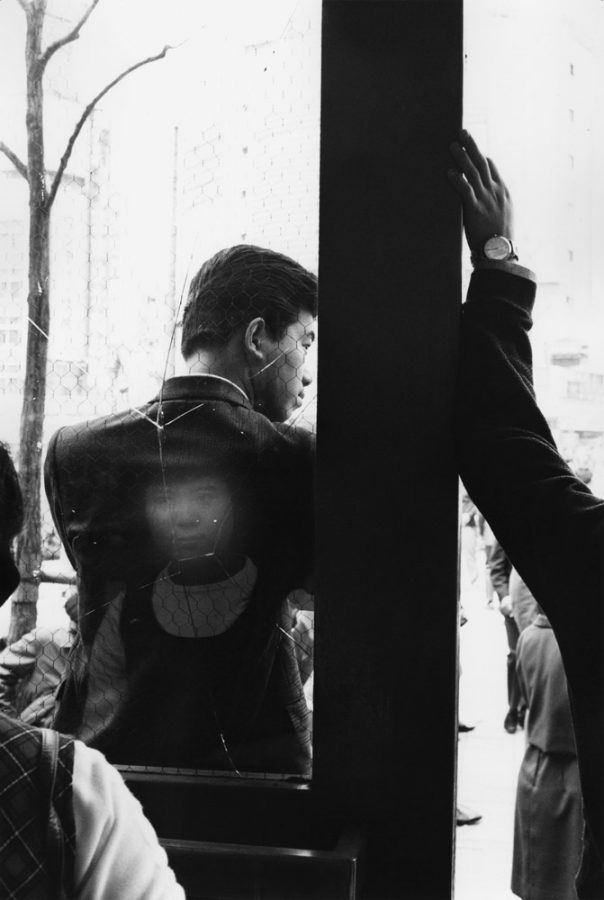
Yutaka Takanashi: Hachiko Square, Shibuya Station, Shibuya-ku, from the series “Tokyo-Jin”, , April 25, 1965, published in “Toshi-e”, 1974
References
| ↑1 | Essay: “Towards the City” [French/English]. in: Yutaka Takanashi, published by Éditorial RM, Mexico City and Toluca Éditions, Paris. Published on occasion of the exhibition Yutaka Takanashi, Fondation Henri Cartier-Bresson, Paris, May 10 – July 29, 2012 |
|---|---|
| ↑2 | Yutaka Takanashi, in: Camera Mainichi, no. 1, January 1966, p. 13. Translation in: reference as above Masuda: Field Notes of Light, p. 144. |
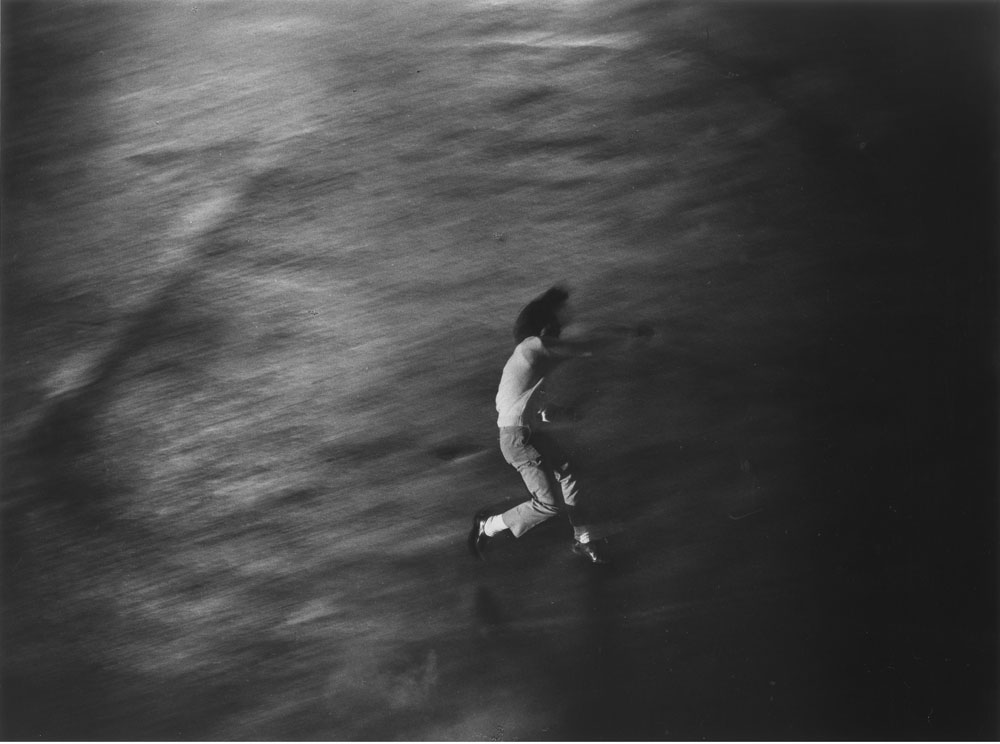
This is part two of of my essay “Yutaka Takanashi – Towards the City” for the “Yutaka Takanashi” exhibition catalogue, accompanying the show at the Fondation Henri Cartier-Bresson. [1]Essay: “Towards the City” [French/English]. in: Yutaka Takanashi, published by Éditorial RM, Mexico City and Toluca Éditions, Paris. Published on occasion of the exhibition Yutaka Takanashi, … Continue reading
The economic upturn of the 1960s, which established Japan as the third-largest economic power on Earth, took its toll on Japanese society. Particularly in the major cities, the boom led to the decline of traditional structures which in turn left a feeling of uprooting and perspectivelessness among the younger generation.
Especially in the universities, a fundamental opposition developed against the new political, economic and cultural structures that had emerged in the post-war period. In 1968, the resistance manifested itself once again in student protests against the pending extension of the “ANPO” security pact and the Vietnam War.
The sense of alienation and rootlessness felt by the young generation found artistic expression above all in photography from the end of the 1960s.[2]See also: Charles Merewether: “Disjunctive Modernity. The Practice of Artistic Experimentation in Postwar Japan”, in: Art, Anti-Art, Non-Art. Experimentations in the Public Sphere in Postwar … Continue reading
This phase of the upheaval was documented by Shomei Tomatsu in his photo book Oo! Shinjuku. A resident of the Shinjuku district, he zoned in on the public and private lives of the young generation and the student protests which began in Shinjuku.
References
| ↑1 | Essay: “Towards the City” [French/English]. in: Yutaka Takanashi, published by Éditorial RM, Mexico City and Toluca Éditions, Paris. Published on occasion of the exhibition Yutaka Takanashi, Fondation Henri Cartier-Bresson, Paris, May 10 – July 29, 2012 |
|---|---|
| ↑2 | See also: Charles Merewether: “Disjunctive Modernity. The Practice of Artistic Experimentation in Postwar Japan”, in: Art, Anti-Art, Non-Art. Experimentations in the Public Sphere in Postwar Japan 1950-1970, Los Angeles 2007, pp. 24-29. |
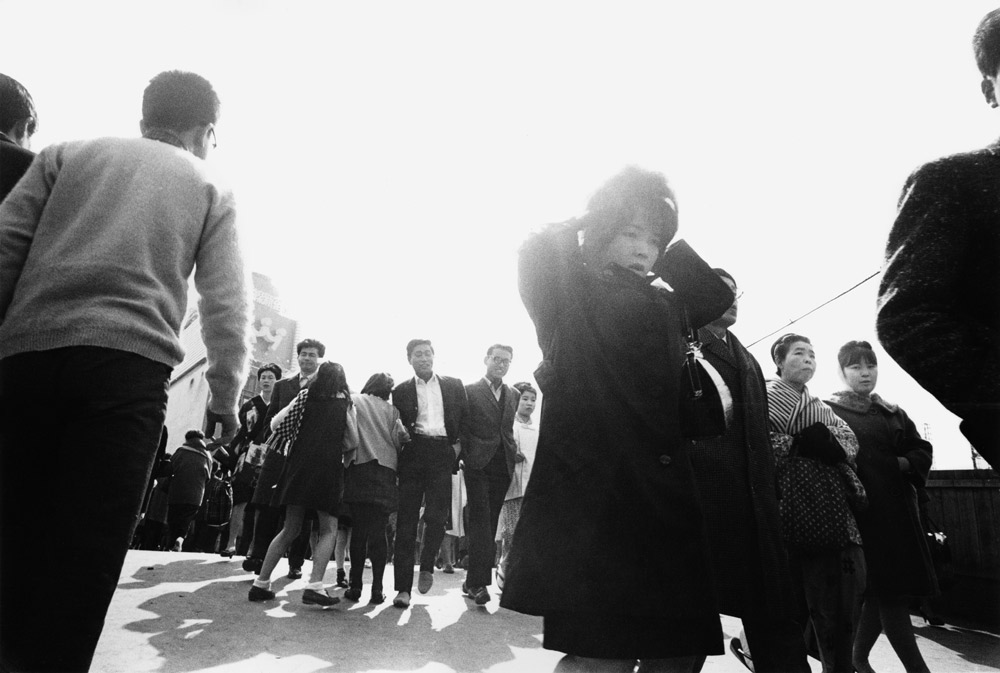
In the past years I have been involved in introducing the photographic work of Yutaka Takanashi to the West. In 2009 I wrote an essay on Yutaka Takanashi:”Takanashi’s Magnetic Storm” for the first Western monograph on the artist: “Yutaka Takanashi. Photography 1965-74?.
In 2012 the Fondation Henri Cartier-Bresson held the first Yutaka Takanashi museum exhibition outside Japan. On this occasion I contributed an essay “Towards the City” to the catalogue to the show.[1]Essay: “Towards the City” [French/English]. in: Yutaka Takanashi, published by Éditorial RM, Mexico City and Toluca Éditions, Paris. Published on occasion of the exhibition … Continue reading In this text I wrote about Takanashi’s series Toshi-e as well as about his subsequent series Machi (Town) and the (unpublished) series on bars in Shinjuku, Tokyo.
And since Yutaka Takanashi was the co-founder of the legendary Provoke group I added a short history of the Provoke era.[2]A detailed description of the history of the Provoke era isn’t available outside Japan yet…
The metropolis of Tokyo is the central theme of 20th century Japanese photography – from the artistic elevation of the city in pictorial images in the early days of the century to the dynamic representation of architecture and urban life based on the “new photography” (a literal translation of the Japanese “shinko shashin”) to the photographic documentation of destruction and reconstruction in the post-war period. In all of its facets, the city of Tokyo reflects the radical change that Japan underwent on its way to becoming an industrial society; it is a breeding ground for social change that also symbolises the collision of tradition and modernity.
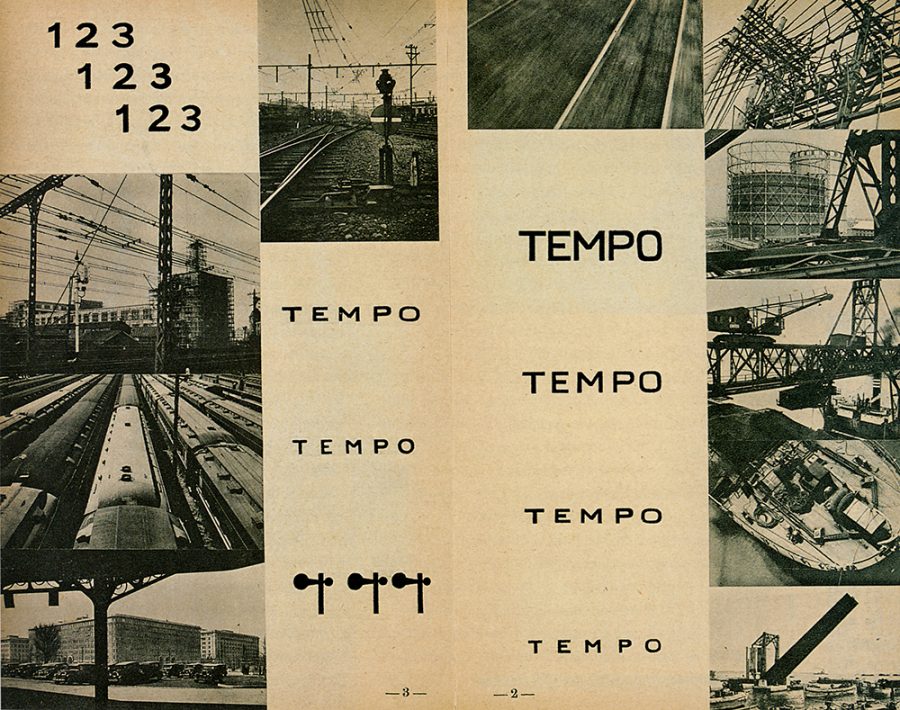
Masao Horino: The Character of Greater Tokyo. Art Direction: Takao Itagaki, Chuokoron magazine, Chuokoron-sha October, 1931
References
| ↑1 | Essay: “Towards the City” [French/English]. in: Yutaka Takanashi, published by Éditorial RM, Mexico City and Toluca Éditions, Paris. Published on occasion of the exhibition Yutaka Takanashi, Fondation Henri Cartier-Bresson, Paris, May 10 – July 29, 2012 |
|---|---|
| ↑2 | A detailed description of the history of the Provoke era isn’t available outside Japan yet… |

On March 11, 2011 the photographer Koichiro Tezuka was in a helicopter on the way back from Aomori prefecture, North Japan, to Tokyo. While in the air a magnitude 9.0 earthquake hit the Pacific coast of Tôhoku. It was almost probably the strongest earthquake since 1.000 years. The earthquake caused surprisingly minor damage considering the magnitude of the quake.
Koichiro Tezuka immediately began to photograph the earthquake damages, but soon they had to do a stopover at Sendai Airport, Miyagi Prefecture for to refuel the helicopter. But the airport, located very close to the sea was closed due to the earthquake.

Rinko Kawauchi will publish her new book “Illuminance” in May. It will be her first book being published outside Japan. Publisher is Aperture, New York; and the photobook will be available in Germany at Kehrer Verlag as well.
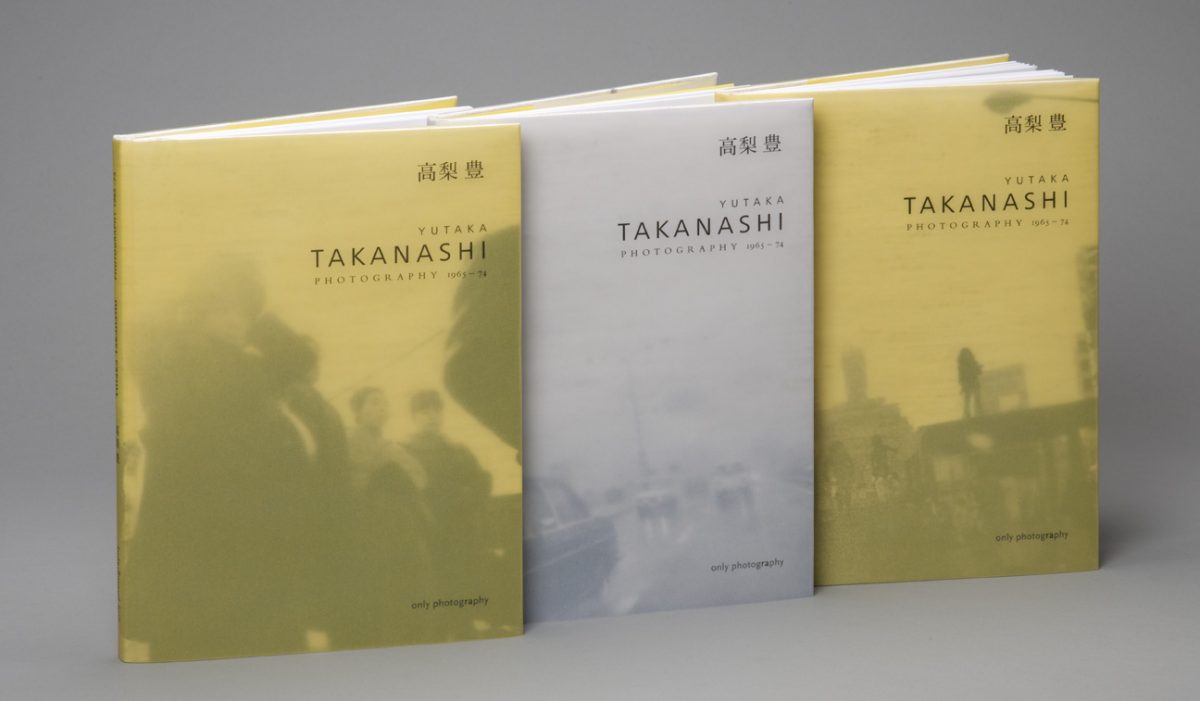
Last weekend I received the pleasant news that a photobook I am co-editor of won the Contemporary Book Award at the Rencontres d’Arles Festival 2010.
The Historical Book Award and The Contemporary Book Awards
The Historical Book Award goes to the best thematic book or monograph published between 1 June 2009 and 31 May 2010. The Contemporary Book Award goes to the best photography book published between 1 June 2009 and 31 May 2010. The Book Awards winners are chosen by the five Discovery Award nominators, Rencontres d’Arles president Jean-Noël Jeanneney, and LUMA Foundation founder Maja Hoffmann.
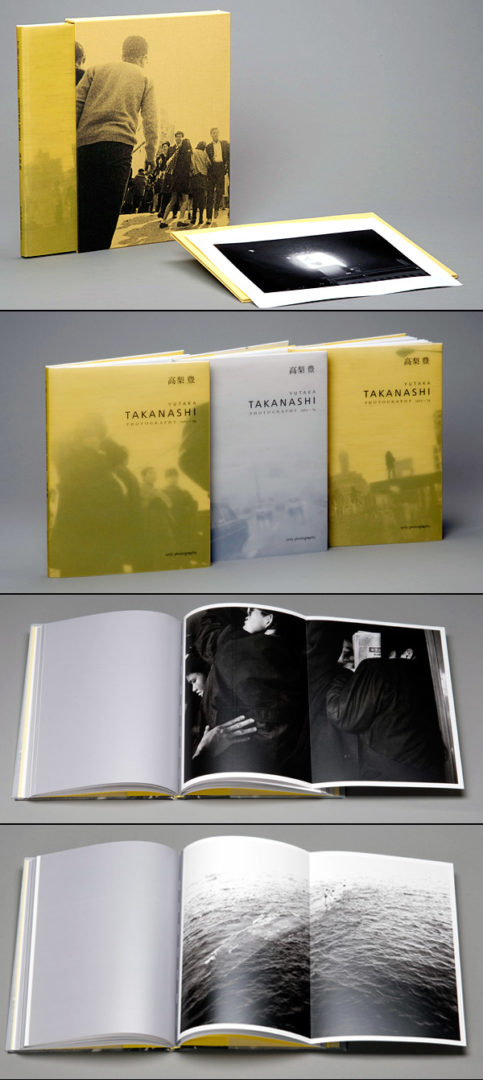
Yutaka Takanashi, Photography 1965 – 74
Editors: Roland Angst, Ferdinand Brueggemann, Priska Pasquer
Essays by Ferdinand Brueggemann and Hitoshi Suzuki
Published by Only Photography, Berlin
116 pages, 41 images, Triplex, hardcover, ed. 500
Text: German, English, Japanese
ISBN 978-3-9812537-2-6